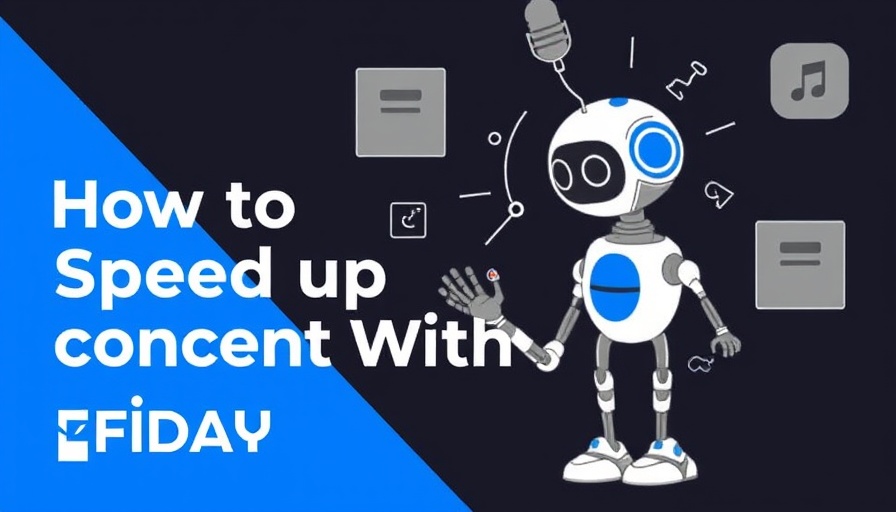
Unifying Content Strategies: The Art of Engagement
In today's digital landscape, it’s imperative for marketers to recognize that content doesn’t exist in a vacuum. The challenge of balancing conversion-focused content with brand authority-building narratives isn’t just a matter of strategy; it’s about understanding and engaging one’s audience at every level. Rachel P.’s inquiry into blending these two aspects speaks to a broader challenge faced by many within the marketing community.
Understanding the Marketing Symphony
To approach content creation effectively, consider the concept of marketing as a symphony. While you may have distinct elements—emails aimed at driving sales, blog posts designed for building authority—each part should contribute to a harmonious whole. In essence, marketing shouldn’t or ideally wouldn’t be segmented; instead, it functions best when each type of content works together to create momentum for the brand.
Instead of isolating conversion pages from informational resources, think holistically. Effective marketing is about guiding your audience through a comprehensive journey where all content types reinforce one another. Yogi Berra famously said, “Conversions are 90% about connection,” illustrating that personal engagement is what leads to action.
Engagement Drives Conversion
Rather than obsessing over the metrics associated with ranking conversion-focused pages, marketers should prioritize how to foster engagement with their audience. When potential customers feel connected to your brand—through the blog posts they read or the engaging social media content they consume—they’re more likely to follow through on conversions. This reciprocal relationship suggests a seamless transition between discovering information and making a purchasing decision.
Brand Authority as a Conversion Tool
When creating brand authority content, it’s important to include subtle reminders of your offerings. In blog posts, for instance, including links to products, service pages, or case studies can guide readers seamlessly through the sales funnel. A well-placed banner or a call-to-action within authoritative content can nudge engaged users to explore your services without disrupting their experience. Providing access that aligns with the user’s state of engagement encourages them to convert when they’re ready, keeping the process fluid and user-friendly.
Practical Steps to Balance Content Types
1. **Align Content Objectives**: Begin by mapping your content strategy to the customer journey. Understand what questions your audience is asking and what fictional roadblocks they face, and tailor both conversion and authority content according to those insights.
2. **Use Analytics to Inform Creation**: Assess your analytics tools to discover which content drives engagement. Metrics like time spent on page, bounce rates, and click-through rates can provide a clear picture of how effectively your content performs across different platforms.
3. **Create Cross-Referencing Opportunities**: Where possible, embed links within authoritative content that draw attention to your conversion-friendly pages. This organic method of promotion validates your offerings while maintaining the integrity of the informational content.
The Future of Holistic Content Marketing
As the digital marketing landscape continues to evolve, a unified approach to content will likely prove increasingly essential. By recognizing that authority-building and conversion-focused content are part of the same continuum, marketers can cultivate a richer, more engaging experience for their audiences. This approach doesn’t just drive metrics; it builds lasting brand equity and loyalty.
 Add Row
Add Row  Add
Add 




Write A Comment